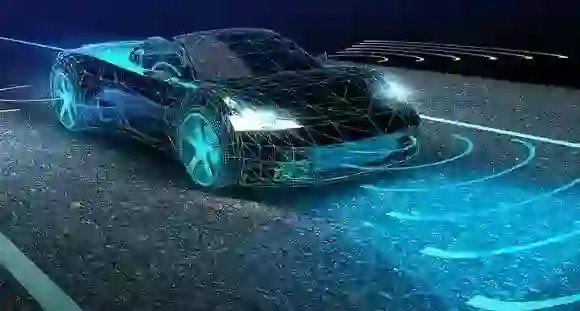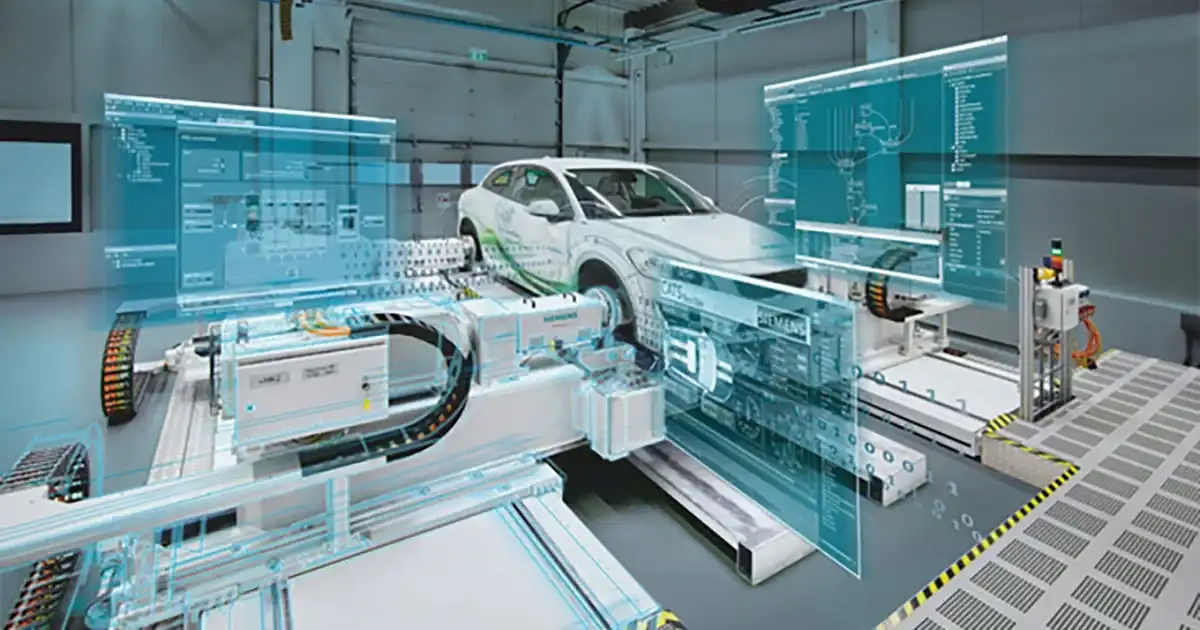Title: Exploring IoT Fundamentals
Introduction
In Today’s world, we commonly hear the term IoT. Today’s industries are adopting IoT technologies. The IoT Market size has already crossed 300 Billion dollars and is expected to grow to 650 Billion dollars by 2026. IoT is an emerging field that transforms how we connect, how machines collaborate, and how information is shared or transferred. lets us understand what exactly IoT is. And How it is transforming our world?
Understanding the Internet of Things (IoT)
The Internet of Things refers to the network of physical objects – from devices and appliances to vehicles and even buildings – that are embedded with sensors, software, and connectivity. These objects collect and exchange data over the internet, enabling them to interact with each other and with us. This interconnected web of devices extends beyond traditional computers and smartphones, creating a seamless integration of technology into our daily lives. The Building Blocks of IoT: Sensors, Actuators, and Connectivity
Sensors:
Sensors are the eyes and ears of IoT devices. They gather data from the environment – temperature, humidity, light, motion, and more. These small but powerful components convert real-world phenomena into digital information that can be processed and transmitted.
Actuators:
Actuators are the arms and legs of IoT devices. They take digital commands from the system and perform actions in the physical world. For instance, actuators could control a smart thermostat to adjust the temperature, or open and close valves in an industrial setting.
Connectivity:
The ability of devices to communicate is crucial to IoT. These devices need to share data with each other and with centralized systems. Connectivity options range from traditional Wi-Fi and cellular networks to specialized protocols like Zigbee, LoRa, and Bluetooth, each suited to specific use cases and distances.
How IoT Works?
IoT devices thrive on data. They collect vast amounts of information from their surroundings, which can then be used for analysis, insights, and decision-making. Here's a simplified breakdown of the data journey:
Sensing:
Sensors collect data from the environment. For example, a temperature sensor measures the ambient temperature.
Processing:
Processors within the device analyze the raw data, converting it into meaningful information. This could involve averaging temperature readings over time.
Cloud Storage and Analysis:
Data is stored in cloud servers, where it can be further analyzed, visualized, and acted upon.
Action:
Insights drawn from data can trigger actions, such as adjusting thermostat settings or sending an alert.
Why Does IoT Matters ?
The Internet of Things isn't just about connecting gadgets; it's about enhancing our lives through efficiency, convenience, and intelligent decision-making. Here's why IoT matters:
Transmission:
Once processed, the data is transmitted to a central system or the cloud using communication protocols like Wi-Fi or cellular networks.
Efficiency:
IoT devices automate processes and reduce the need for human intervention. This leads to increased efficiency and resource optimization.
Convenience:
With IoT, you can remotely control your home's temperature, monitor your health, and receive alerts – all from your smartphone.
Insights:
Data collected by IoT devices offers valuable insights that individuals and businesses can use to make informed decisions.
Safety and Security:
IoT-enabled security systems can enhance safety in homes and workplaces, alerting users to potential threats.
Conclusion
As we conclude this first part of our IoT blog series, you've gained an understanding of the core concepts behind the Internet of Things. IoT brings together sensors, actuators, and connectivity to create a network of smart devices that interact with each other and the digital world. This interconnected ecosystem has the potential to revolutionize industries, improve efficiency, and make our lives more convenient and data-driven. In the next part, we'll deal with the hardware components that make IoT devices possible and explore popular platforms for building IoT solutions. Stay tuned to continue your journey into the world of IoT!
MORE BLOGS

Changing Electric Vehicles with Embedded Systems: A Profound Jump into their Importance
Electric Vehicles (EVs) have arisen as a distinct advantage in the auto business, offering a supportable option in contrast to conventional gas-powered motor vehicles. The outcome of EVs, in any case goes past proficient powertrains and battery innovation; it vigorously depends on the coordination of state-of-the-art embedded systems. In this far-reaching article, we ...Read More

Difference Between Embedded System Programming & IOT Programming
Embedded system introduction : An embedded system implies a PC structure expected to do unambiguous jobs inside a greater structure or thing. It is a mix of hardware and programming parts that collaborate to give committed helpfulness. ...Read More

Use of Embedded Systems in Automotive Industry
Embedded structures expect a huge part in the auto business, engaging various capacities and features inside present-day vehicles. The following are a couple of basic reasons for embedded structures in the vehicle business: Engine Control Unit (ECU):...Read More

The Vital Role of Embedded Systems in Electric Vehicles
The automotive industry is experiencing a seismic shift as electric vehicles (EVs) become the dominant focal point in the mission for sustainable transportation arrangements. Past the electrification of powertrains, embedded systems are emerging ...Read More
